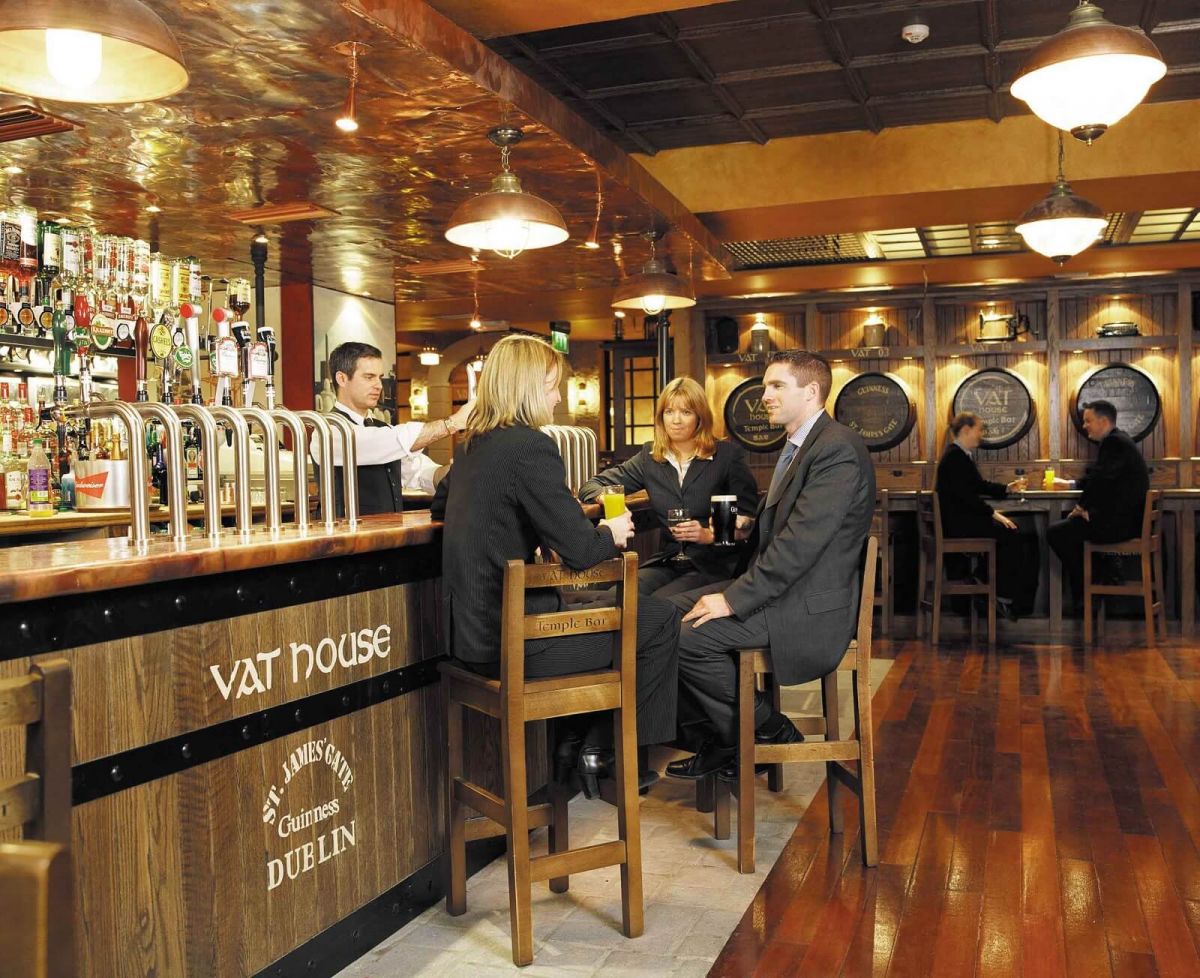
Meanwhile the 19th-century Vulcan in Cardiff was shuttered, despite a campaign to save it, in 2012. Sadly, many of us also know of closed historic pubs, perhaps because their owners want to sell up and put up a bunch of flats or change the use to a restaurant.įor instance, Bristol’s ancient Llandoger Trow was closed by its owners and put up for sale in 2019, because it didn’t fit in with the rest of the company’s estate. Then there are the country pubs that have just grown and evolved down through the years almost taken root in their surroundings, becoming as comfortable as an old pair of slippers. Some pubs, such as the Albion in Conwy, North Wales, and The Grill in Aberdeen, have interiors that are untouched survivors from the Twenties, when breweries were making their pubs a lot more attractive to both men and women. When cock fighting was banned in 1849 it became The Fisherman and then changed back in 1872. The inclusion of Ye Olde in front of a pub’s name is not always a sign of antiquity – Ye Olde Fighting Cocks was originally called The Round House until the 19th century. Or the whoosh of beer, bright and foaming into the glass, placed on a weathered wooden bar, once a tree when news of Trafalgar travelled by horse? Or could it be the elemental furnishings, elegant survivors from interwar years, sombre wall panellings, or smoothed flagstone floors on which generations have walked?Ī historic pub doesn’t have to have been around since the Ark either, even though several, including Ye Olde Fighting Cocks in St Albans (11th century), Ye Olde Trip to Jerusalem (1189) and the Bell Inn (1437), both in Nottingham, vie for venerable status. What is the attraction of a historic pub? Could it be that serene tick-tock of the grandfather clock in the front parlour, the crackle and spit of logs in the fireplace or the gleam of well-polished architectural fittings put in place in the days of Victoria? On summer days the crowd tend to spill out into the courtyard, where cobbles and conversation have been shared for centuries.Our historic pubs are at the heart of national life, which Historic England recently recognised in awarding Grade I listed status to the Victorian gin palace, the Philharmonic Dining Rooms in Liverpool.Įven though it was estimated in 2019 that up to 14 pubs a week closed, this news indicates that a love for those establishments – more than just places where beer and locally sourced dishes are on offer – still stirs our emotions. Deep armchairs, decent ale, tasty pub grub, and open log fires for the winter. Inside, there’s everything you should find in a good British pub. There’s a great sense of history about the old wooden gallery overlooking the street, made all the more emphatic by the modern building on the opposite side of the courtyard, which has incorporated the galleried style into its design.

It was built in 1677 in the wake of a large local fire, and has now outlasted all of its fellow coaching houses – it’s the only remaining galleried coaching inn in London. Sadly, that old alehouse was demolished in the 19th century, but the George has all of its homely character and wayfarers appeal. It was stories told in places like these that formed the basis of The Canterbury Tales – in fact, it is thought that Chaucer began his great work in a nearby inn called The Tabard. In the medieval era, common folk would regularly make the arduous religious pilgrimage to Canterbury, a journey of many days on difficult roads, and on the way they needed places to eat, rest and stable their horses. Once upon a time, Borough High Street was packed with inns and taverns. The George can be hard to find – it’s tucked away down an alley off Borough High Street.


 0 kommentar(er)
0 kommentar(er)
